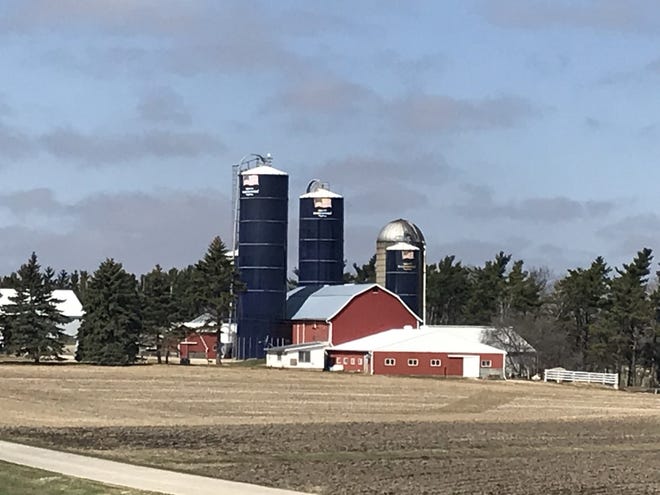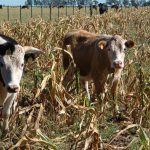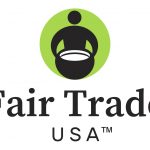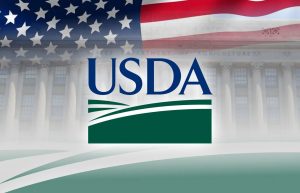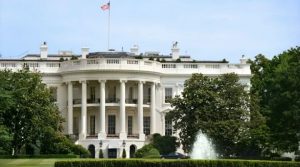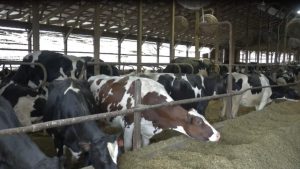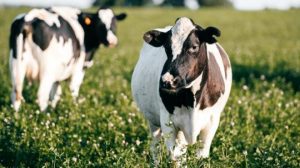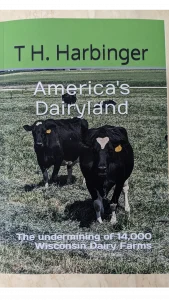
The groups — the Dairy Business Association, Edge Dairy Farmer Cooperative, Minnesota Milk Producers Association, Nebraska State Dairy Association and South Dakota Dairy Producers — said in a letter to Vilsack that if there were to be a Federal Milk Marketing Orders emergency hearing about reform, as some other organizations have called for, it’s important that it be broad in scope.
In April, the groups put forth a proposal called Class III Plus, aimed at creating long-term stability in fluid milk pricing and reducing the likelihood of negative producer price differentials, which began cutting into farmers’ revenue last year during the pandemic.
In this week’s letter, they said they “are not putting forward Class III Plus out of strong desire to have an FMMO hearing now. Instead, we are sharing it publicly and with USDA to show there are differences of opinion within the dairy community over how to proceed and because we think it is a better and more forward-thinking concept than what NMPF (National Milk Producers Federation) has said they plan to propose.”
NMPF’s plan, announced last month, would change the current Class I fluid milk price mover by adjusting the amount every two years based on conditions over the prior 24 months, with the current mover remaining the floor.
The groups say NMPF’s proposal would improve a few components of the current pricing structure, but largely focuses on the short term and revenue that farmers did not earn in 2020.
Class III Plus would tie the Class I price to the Class III (cheese) skim milk price plus an adjuster and do away with advanced pricing, a cause of the negative PPDs. The proposal is also revenue-neutral, therefore more equitable among farmers, processors and customers. The groups say it provides a way for farmers to recoup some of the revenue they might have missed out on in 2020, and also creates stability going forward, including protection from negative PPDs and better risk management ability.
“We believe in order reform, but we would prefer to tackle more than just Class I pricing if we are going to go to the trouble and effort of having a hearing with national scope,” the groups said in the letter. “Ultimately, the dairy community might not be ready yet to tackle a hearing with a broad scope, but we are working to prepare ourselves and our members for that discussion if and when it comes.”
Dairy Business Association, Edge Dairy Farmer Cooperative, Minnesota Milk Producers Association, Nebraska State Dairy Association and South Dakota Dairy Producers
